Life around me still flows steadily, day after day in a repetitive cycle of work, family and friends. Sometimes, those familiar rhythms no longer bring the same excitement as they did in the beginning. I understand, that is normal. So every time I have a moment of quiet for myself, I want to break out of that cycle. And when that desire is strong enough, I return to the mountains and forests.
In the era of digital transformation, preparing for a trip is no longer difficult. In just one afternoon, I can finish the arrangements: a phone call to a familiar guide, a call to book a bus ticket, agree on the price and just wait for departure. This trip takes me back to the wilderness, following the call of the purple chi pau flower season on the slopes of Ta Chi Nhu mountain.
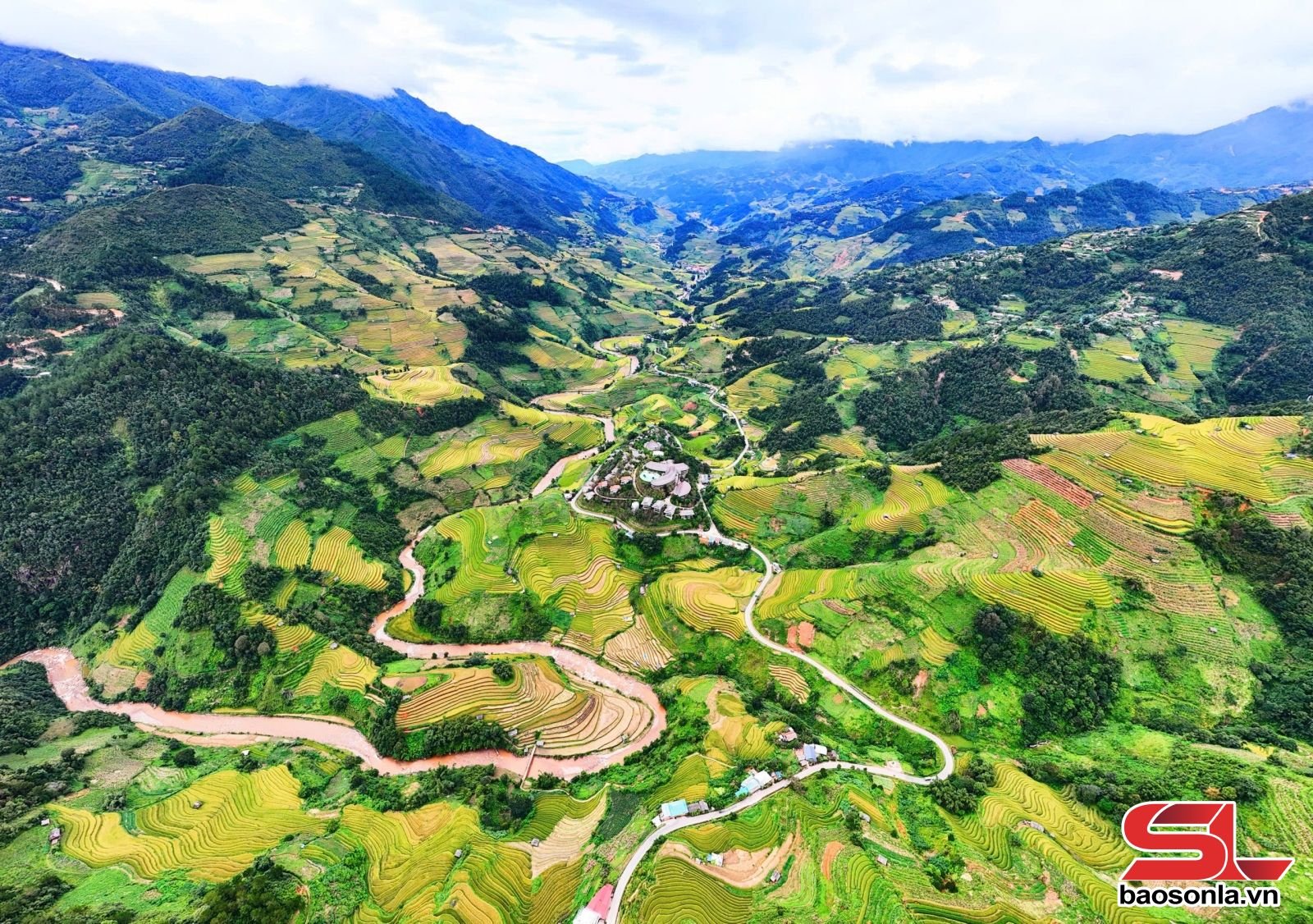
Ta Chi Nhu peak is located between Xa Ho village, Tram Tau, Lao Cai (old Yen Bai ) and Nam Nghep village, Ngoc Chien commune, Son La province. Previously, people chose the path from Tram Tau, but the road was steep and full of bare rocky hills. Since the concrete road connecting Nam Nghep with Ngoc Chien commune was completed in early 2025, the isolated village in the middle of the forest suddenly became a meeting place for trekking enthusiasts.
The night bus took me to Nga Ba Kim, Pung Luong, Mu Cang Chai, before dawn. Light rain and cold wind rushed in as soon as I got off the bus, bringing with it the breath of the highlands, completely different from the hot and humid weather of my hometown. The porter had been there since the previous afternoon to prepare my things and pick me up at a nearby motel. When all 5 members of the group had gathered, we had breakfast together, got acquainted, and waited for the taxi to take us to Nam Nghep village.
We were lucky to arrive in Nam Nghep in the season when the hawthorns were ripe. The clusters of fruit hung from the branches, rosy like the cheeks of a young girl, swaying in the wind. The apples hung heavy on the branches, hanging low, and could be picked with just a reach. I picked a berry, wiped it on my shirt, and took a big bite. The sweet taste mixed with a slight astringency spread throughout my mouth, making me feel refreshed. Interestingly, this was the first time I had picked and eaten a fruit that I had only known from jars of wine.
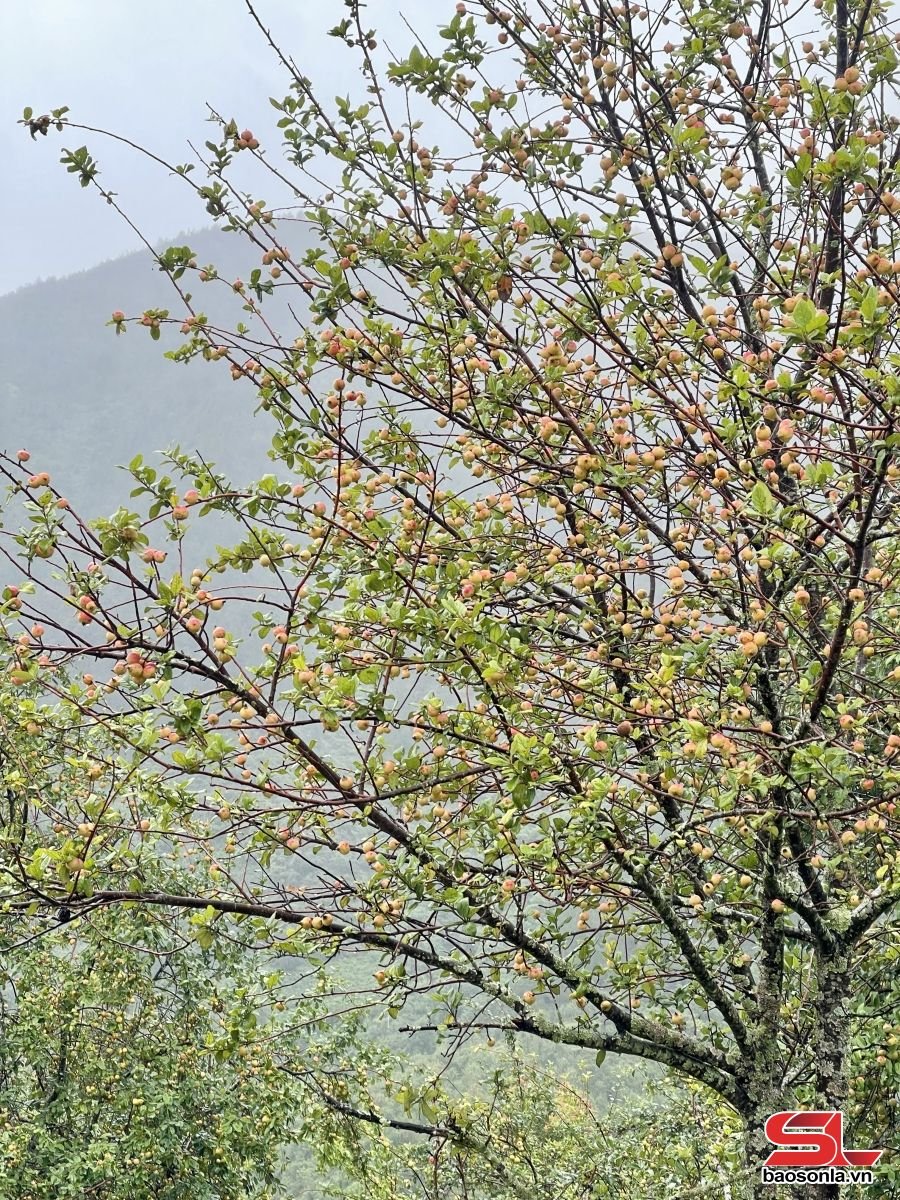
We were lost in the hawthorn forest, but the mountain climbing had just begun and was still far away. We reminded each other to walk faster to catch up with the journey. From the foot of the 1,200m high mountain to the top, the trekking route was about 18km round trip, lasting two days and one night, requiring basic physical strength and skills. The first day's goal was to reach the resting hut at 2,750m, expected to be late afternoon.
It was drizzling. The tall trees shaded the path, moss covered their roots. The dense and mysterious forest made my steps more joyful. The rain cooled my sweat. The wind blew hard, the rain became heavier, forcing me to put on a raincoat. Passing through the forest, we crossed the wild hills, both sides were full of bushes, ferns, and twisted blackened tree stumps. In the rain, the whole group walked silently. The pace of our footsteps gradually became familiar, my breath mixed with the sound of the falling rain, making me suddenly feel small, melting into the immense mountains and hills.
Then once again, we were embraced in the green shade of the primeval forest. The stunning scenery seemed to answer the question of why the Nam Nghep route was so attractive to forest lovers. Coming to a flat land, sawn logs were made into resting places. A simple lunch of white sticky rice, a few slices of pork roll with salt and chili, eaten in the rain under the canopy of leaves, with our companions, became an unforgettable joy. After eating, we collected the trash we brought with us, leaving only footprints on the trail, and then continued our journey.
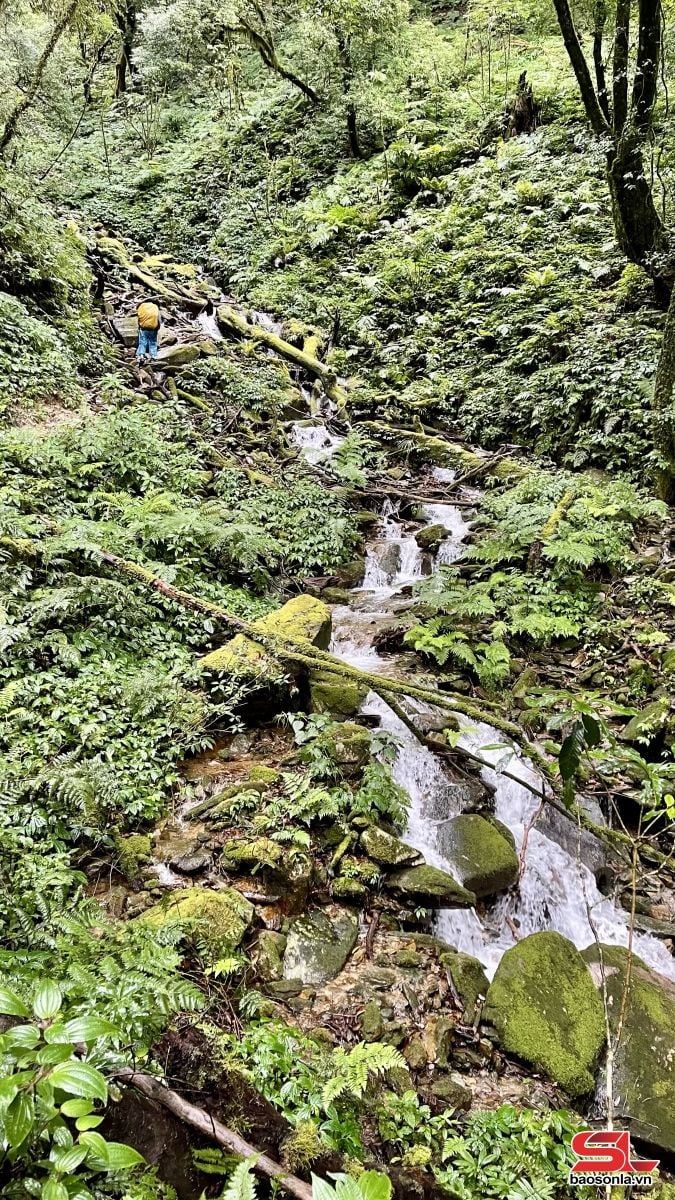
From here to the rest house is about three hours. The path goes through the forest, must cross three or four streams, slope after slope clinging to the mountainside, only when reaching the stream does it lower down, then look up to see the steep slope challenging the will. But it is also on those slopes that the scenery opens up beautifully, to me, that is the most beautiful moment. The sound of the stream echoes from afar as if guiding the way. Passing the cliff, we descend to the stream bed. Sitting on a rock, I scooped my hand into the clear, cold water, then brought it to my face. Above, the water from the high mountain rushed down, creating white foam. Below, the stream threaded through the crevices of the rocks, flowing endlessly.
Standing before that scene, I felt small, my heart filled with love for the mountains and forests. Mother Nature seemed to be soothing and watering the souls that were dry because of the hustle and bustle of making a living. In the middle of a rainy afternoon in the forest, beside the cool stream, my soul seemed to be washed, softened again like a silk ribbon, like the stream itself flowing tirelessly. In me arose a love of life, gratitude and serenity.
From here, there was only one more slope, but on those steep slopes was the resting hut in the middle of the forest, the destination we were striving for. With each heavy step, heavy breathing, and sweat, everyone asked the porter: Are we almost there? He was used to this question, he just smiled gently, his muddy boots still moving quickly: There are only two more streams! Just when we thought we were exhausted, we burst into tears when we saw the resting hut appear in the white mist in the distance. We’re there! The whole group shouted.
The shelter was about 80 square meters wide, enough for more than 30 people, built on a fairly flat cliff. Below, a stream was babbling; around were only trees, clouds and wind. At this height, mist and cold seeped through every crack in the wall. Luckily, we had a “savior”, the fire that the porter was lighting. The wood was wet, it took a long time to light. Acrid smoke swirled around the stove, but everyone chattered and huddled together, sharing the warmth from the red fire. The climbing friends who had only met that morning, after a difficult journey, sat close together, and the conversation became natural and warm.
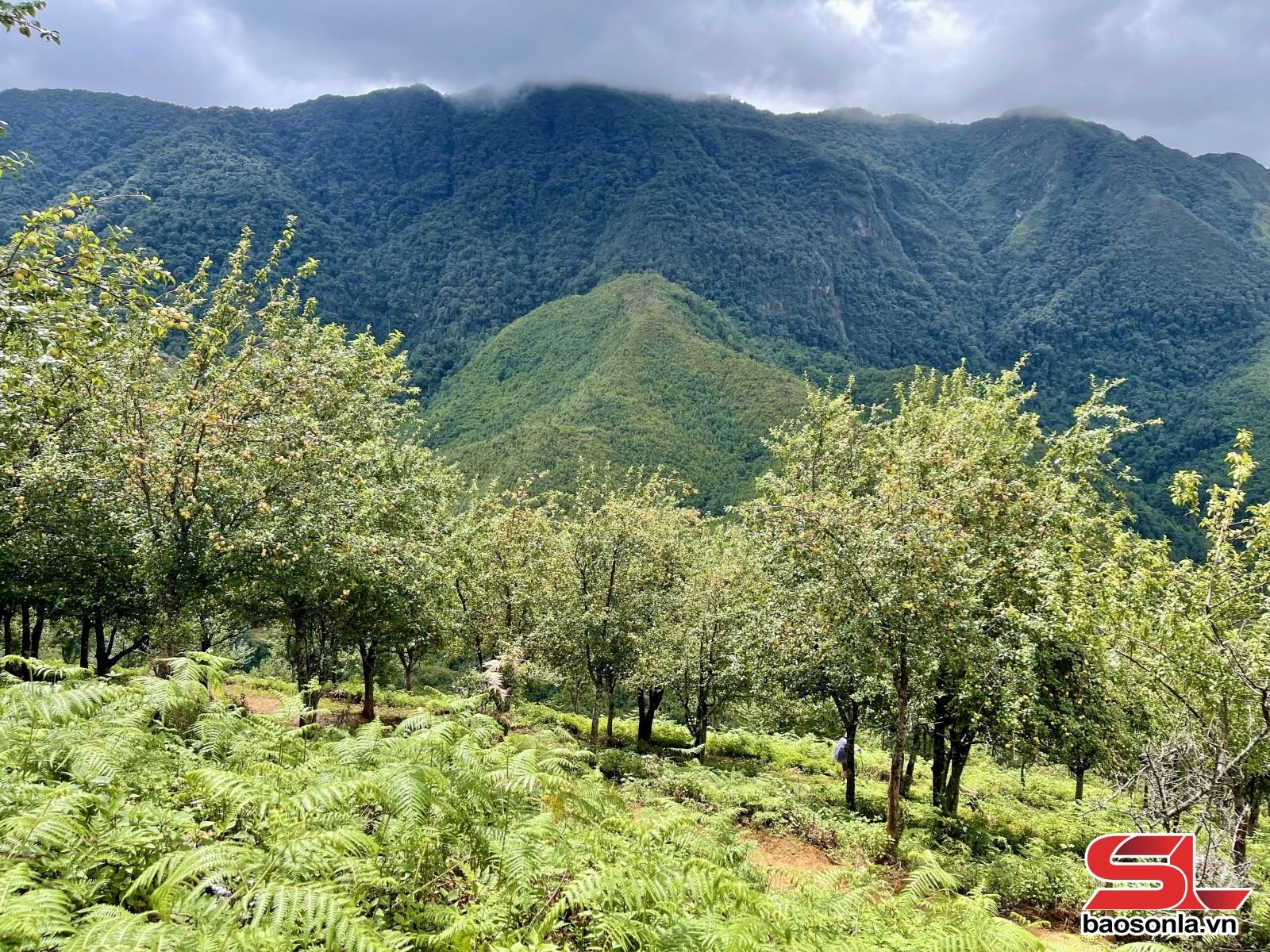
The porter now transformed into a skillful chef. He quickly chopped chicken, washed vegetables, prepared broth, and marinated the meat. Night fell quickly. All around was a pitch black, the wind whistled through the foliage in the mist, both illusory and real. In the cold, under the flickering flashlight, around the flickering fire, stories of the journey and life were told.
The strong wine was poured. Porter raised his glass, said a few words of welcome, everyone cheered and drank, officially opening the dinner after a tiring day of climbing. The first day was always the most difficult, so this meal was the best. We ate and drank our fill, then everyone found a place to rest early so that we could wake up in time for the next journey tomorrow morning.
The night was cold. The door of the shack was closed, but wind and dew still crept in. Fortunately, the blanket had a human scent, warming it up after the initial shivering. One by one, everyone fell asleep, despite the drizzling rain outside, pattering rhythmically on the tin roof, pattering on the canvas. Late at night, only the sound of rain, wind, and steady breathing could be heard in the shack.
The next morning, while we were still fast asleep, the porter had already gotten up, lit the stove, boiled water, prepared coffee, tea and breakfast. I took a sip of hot coffee in the early morning mist, when the mountains and forests were still hazy and no one could see clearly, and immediately felt my body awaken and my spirit excited. The cold today seemed not as harsh as yesterday afternoon.
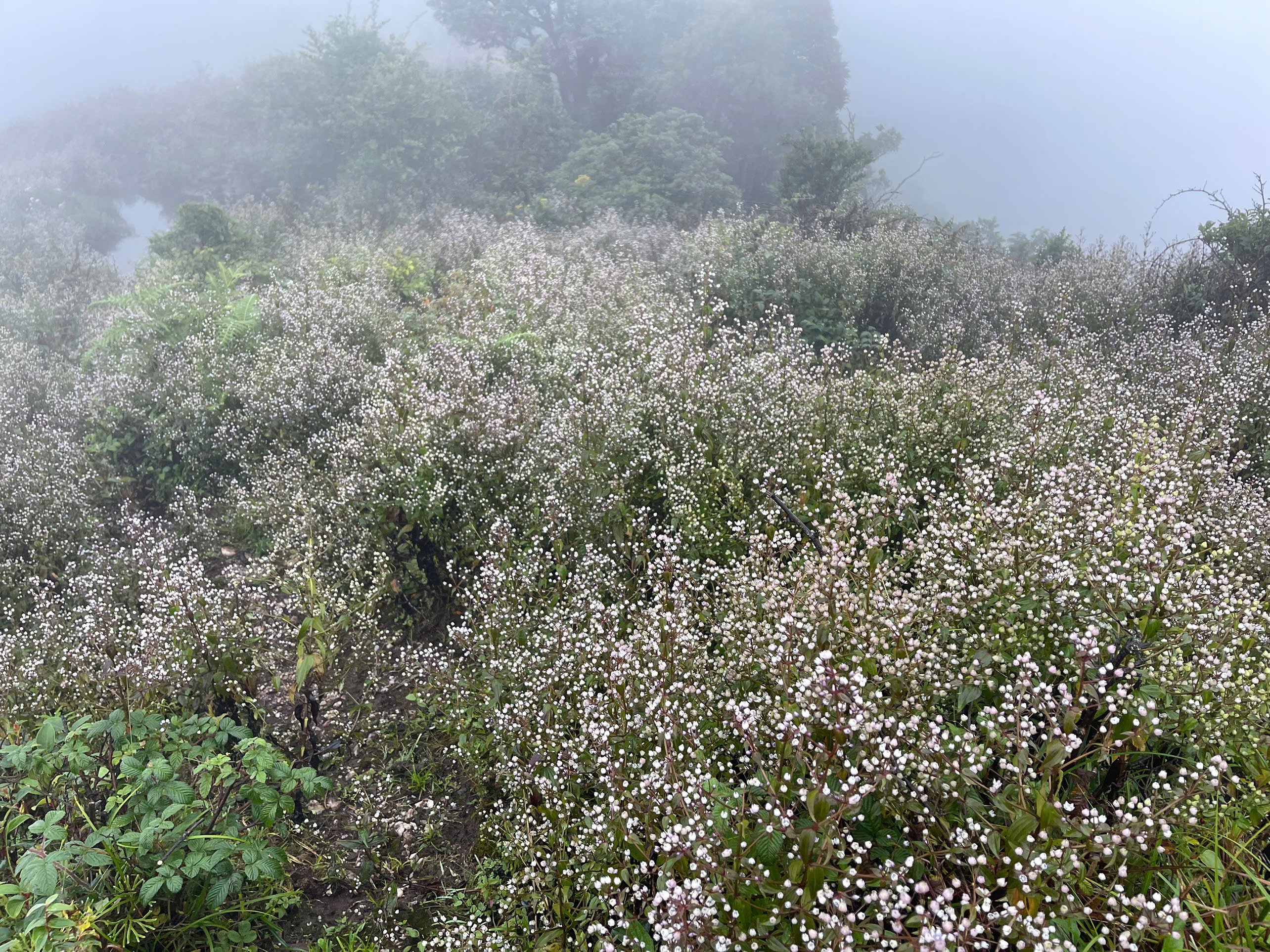
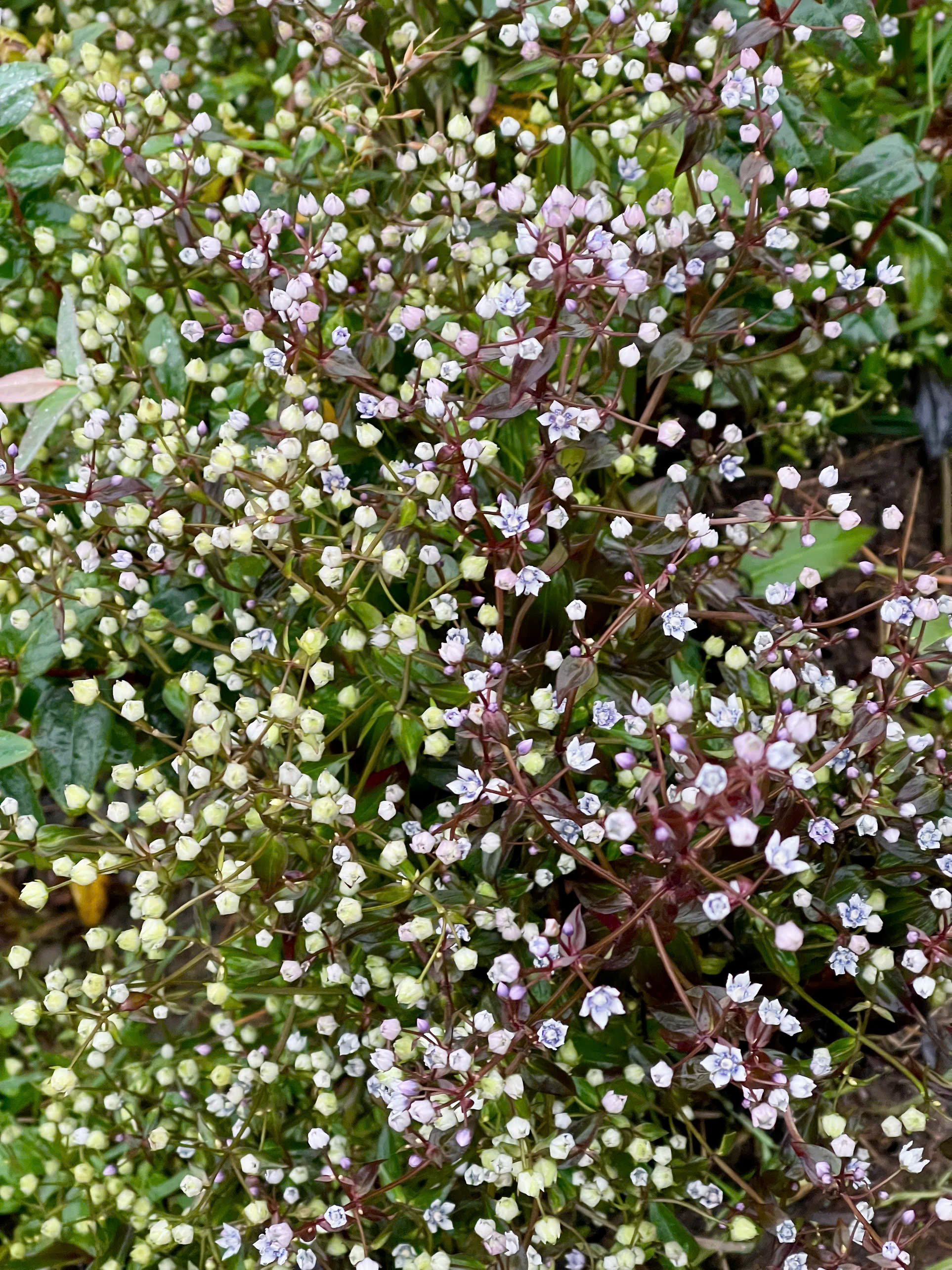
The second day’s journey was easier as we left our backpacks at the hut. The path to the top began with a muddy trail winding through the still-dark mountainside. The tree roots tangled on the ground, adding to the eerie atmosphere. We climbed silently, the only sounds being the squishing of our shoes on the wet ground and the heavy breathing. As we climbed higher, the sky brightened, the wind picked up, and the bright purple fields of chi pau flowers spread across the mountainside.
Chi pau flowers are the reason why this season, groups of young people flock to Ta Chi Nhu. This flower only blooms for about two weeks, dreamy and purple. The name “chi pau” is also interesting, originating from the answer “tsi pau”, meaning “don’t know”, of a Mong person when asked about this flower. Yet through social networks, this funny name has become familiar. Actually, it is the dragon honey grass, belonging to the gentian family, a folk medicine.
The closer we got to the top, the more chi pau flowers there were, the darker the purple color. Two girls in the group were engrossed in taking photos in the sea of flowers. And there, behind the purple flowers, Ta Chi Nhu peak appeared. The cold, shiny stainless steel peak, engraved with the height of 2,979 m, was surrounded by more than a dozen people who had arrived before. The wind blew against us, and the clouds were flying everywhere. Unfortunately, the weather this morning was not to our liking: the sea of clouds and the golden sunrise had to wait until next time. But no matter. Setting foot on the "roof of Yen Bai" was already a source of pride.
The cold misted the phone lens. I dried the camera lens, took out the red flag with the yellow star that I had brought with me, and asked my companion to take a souvenir photo. That photo, though not as bright as I had hoped, was still the most beautiful milestone: The day I conquered Ta Chi Nhu, amidst the wind, clouds, sky, and the deep purple color of the chi pau flowers. A simple but happy moment.
Source: https://baosonla.vn/van-hoa-van-nghe-the-thao/ta-chi-nhu-hoi-tho-nui-rung-va-sac-hoa-chi-pau-AgqIafqNR.html


![[Infographic] Notable numbers after 3 months of "reorganizing the country"](https://vphoto.vietnam.vn/thumb/1200x675/vietnam/resource/IMAGE/2025/10/4/ce8bb72c722348e09e942d04f0dd9729)


![[Photo] General Secretary To Lam attends the 8th Congress of the Central Public Security Party Committee](https://vphoto.vietnam.vn/thumb/1200x675/vietnam/resource/IMAGE/2025/10/4/79fadf490f674dc483794f2d955f6045)


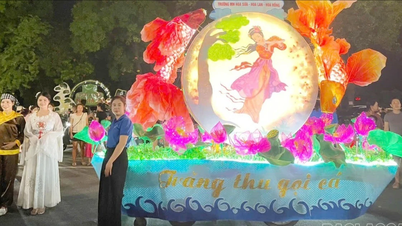





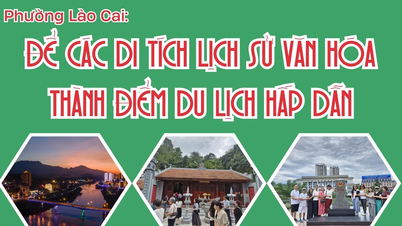
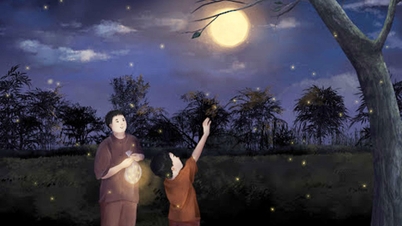









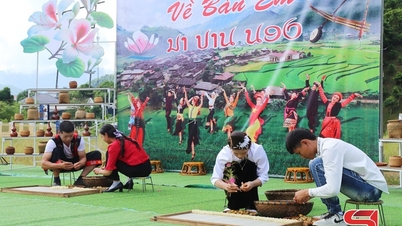
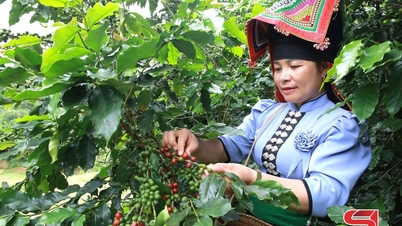
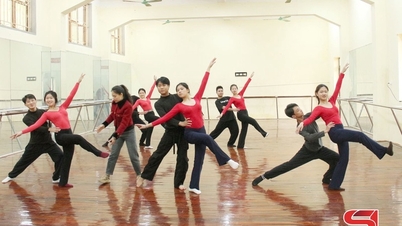

![[Photo] Prime Minister Pham Minh Chinh chairs meeting to deploy overcoming consequences of storm No. 10](https://vphoto.vietnam.vn/thumb/1200x675/vietnam/resource/IMAGE/2025/10/3/544f420dcc844463898fcbef46247d16)
![[Photo] Students of Binh Minh Primary School enjoy the full moon festival, receiving the joys of childhood](https://vphoto.vietnam.vn/thumb/1200x675/vietnam/resource/IMAGE/2025/10/3/8cf8abef22fe4471be400a818912cb85)






























































Comment (0)